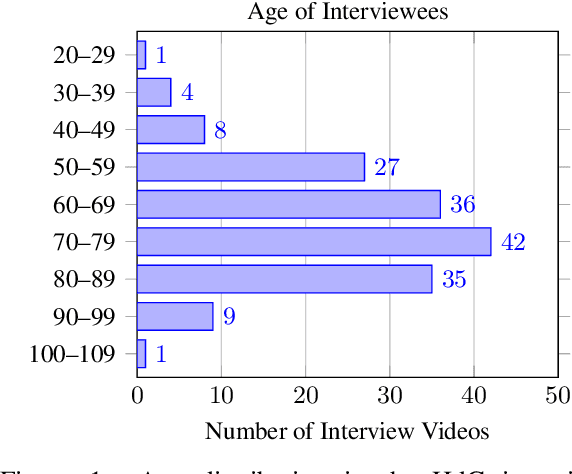Human and Automatic Speech Recognition Performance on German Oral History Interviews
Paper and Code
Jan 18, 2022



Automatic speech recognition systems have accomplished remarkable improvements in transcription accuracy in recent years. On some domains, models now achieve near-human performance. However, transcription performance on oral history has not yet reached human accuracy. In the present work, we investigate how large this gap between human and machine transcription still is. For this purpose, we analyze and compare transcriptions of three humans on a new oral history data set. We estimate a human word error rate of 8.7% for recent German oral history interviews with clean acoustic conditions. For comparison with recent machine transcription accuracy, we present experiments on the adaptation of an acoustic model achieving near-human performance on broadcast speech. We investigate the influence of different adaptation data on robustness and generalization for clean and noisy oral history interviews. We optimize our acoustic models by 5 to 8% relative for this task and achieve 23.9% WER on noisy and 15.6% word error rate on clean oral history interviews.
 Add to Chrome
Add to Chrome Add to Firefox
Add to Firefox Add to Edge
Add to Edge